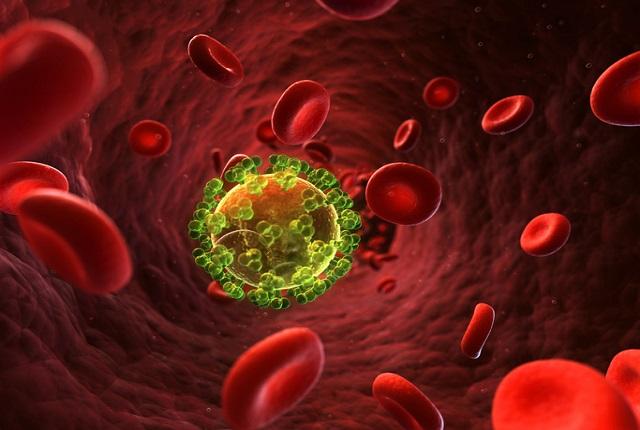
Tumor-fighting genes may diminish HIV reservoirs
Participants who had higher expression of tumor-fighting genes had lower levels of latent HIV, a study indicated.Media Contact: Barbara Clements - 253-740-5043, bac60@uw.edu

Once someone has contracted the HIV virus, it can remain latent in the person’s blood cells, until, for reasons unknown, it reactivates. Authors of a study published recently in PLOS Pathogens found that people who have higher levels of expression of two tumor-suppressing genes are likely to have smaller reservoirs of HIV-infected cells.
“If you could somehow increase the level of activity of genes whose functions are to put a brake on cancer, maybe you could reduce the size of this reservoir,” said Germán Gornalusse, one of the paper’s lead authors. He is a research assistant professor of obstetrics and gynecology at the University of Washington School of Medicine.
The dire effects of AIDS can be largely suppressed with antiretroviral therapy, or ART, which also suppresses the HIV virus. But the major barrier to an HIV cure, the authors noted, is the persistence of infected cells known as the HIV reservoir. After invading a CD4+ T cell, which is HIV’s primary target, this RNA virus copies its own DNA , which gets inserted into the cell’s genome, the authors explained.
Even with ARTs, almost 1 million people die from HIV/AIDS each year. In some countries, it's still the leading cause of death.
“There are many drugs that the FDA has approved to fight cancer,” Gornalusse said. “If we could find one that would also selectively suppress the proliferation of cells that carry latent HIV, we might eventually find a cure.”
The researchers studied 191 people with HIV on ART by measuring the volume of their HIV reservoir, the expression of HIV viral genes in the reservoir, and the activity of the patients’ genes.
Among study participants whose reservoir HIV genes were active — meaning the virus had its expression program turned on —the activity of 17 genes involved in inflammation and two for membrane proteins was reduced. In other words, the researchers found that, among individuals who had more active HIV reservoirs, their innate immunity gene-expression program was turned down in an attempt to reduce persistent inflammation, Gornalusse said.
He cautioned that the study was a snapshot and that more research is needed, as well as a larger study cohort, including underrepresented populations, to better establish correlations. Larger studies could focus on the tumor-suppressor genes, with the goal of using these genes to permanently reduce and eliminate HIV reservoirs.
For details about UW Medicine, please visit https://uwmedicine.org/about.
Tags:HIV / AIDS